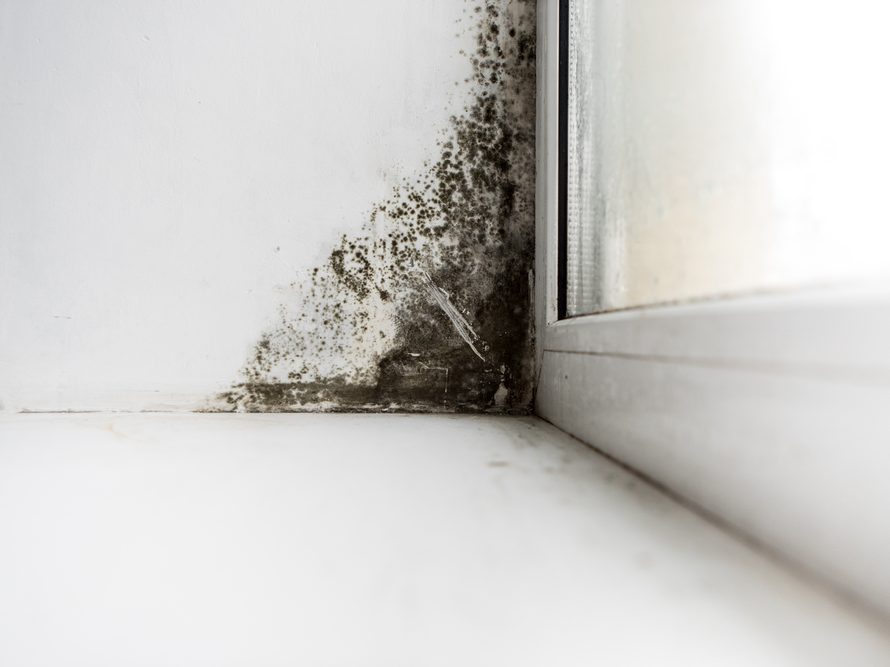Testing Air Quality After Mold Remediation
Testing Air Quality After Mold Remediation
Blog Article
Effective Blog Post Mold And Mildew Remediation Solutions for Your Home
Mold development in homes can be a persistent concern, commonly calling for an organized approach for efficient post-remediation services. From comprehending the variables that add to mold development to carrying out correct cleansing methods and dampness control measures, the process can be intricate yet critical for maintaining a healthy and balanced living atmosphere. After mold remediation.
Understanding Mold Growth Aspects
Mold and mildew development is affected by a selection of aspects that are important to comprehend in order to successfully address and avoid its proliferation. Recognizing these aspects is important in applying successful mold and mildew remediation methods. The primary variable adding to mold and mildew growth is moisture. Mold and mildew spores need moisture to germinate and grow, making humid or wet atmospheres very prone to mold and mildew invasions. Poor ventilation can likewise bring about moisture buildup, producing a perfect breeding place for mold.

In addition, air flow and light direct exposure can influence mold growth. Locations that do not have correct ventilation and all-natural light are more susceptible to mold growth. By dealing with these aspects thoroughly, people can effectively mitigate mold development and protect their living atmospheres.
Appropriate Mold Cleansing Methods
Utilizing reliable cleansing methods is important in protecting against the recurrence and resolving of mold and mildew contamination in interior atmospheres. When handling mold, it is crucial to prioritize security by wearing safety equipment such as handwear covers, masks, and goggles. The primary step in appropriate mold and mildew cleaning is to contain the afflicted location to stop the spread of spores to uncontaminated areas. This can be accomplished by sealing the area and utilizing air scrubbers or adverse air equipments to maintain air quality.

Carrying Out Wetness Control Procedures
To successfully protect against mold development and contamination in indoor environments, executing dampness control actions is critical. Wetness is the primary variable that fuels mold growth, making it vital to manage humidity degrees within the home. One effective step is to utilize dehumidifiers to preserve indoor humidity degrees below 60%. In addition, making certain correct air flow in areas susceptible to moisture accumulation, such as bathrooms and kitchens, can help in reducing the threat of mold and mildew growth. Regularly inspecting and repairing any leakages in pipes, roof coverings, or windows is additionally vital in preventing excess moisture build-up. Making use of exhaust fans while cooking or bathing, and enabling air flow by maintaining furniture slightly away from walls can aid in moisture control. Moreover, utilizing moisture-resistant materials in high-humidity areas, such as mold-resistant drywall and paints, can be useful. By faithfully carrying out these wetness control procedures, house owners can effectively decrease the probability of mold recontamination and maintain a healthy interior setting.
Using All-natural Removal Solutions
After effectively applying wetness control actions to protect against mold and mildew growth in indoor atmospheres, house owners can currently discover the effectiveness of natural removal remedies in preserving a healthy living visit this page space. All-natural removal remedies use mold removal hydrogen peroxide ecologically friendly methods to combat mold and mildew and mildew, making them a preferred choice for those seeking non-toxic options. By including these all-natural removal solutions right into their cleansing routines, home owners can efficiently fight mold growth while advertising a healthier indoor atmosphere for themselves and their households.

Preserving a Mold-Free Atmosphere
In order to avoid mold and mildew reappearance and ensure a consistently mold-free environment, it is important for property owners to carry out positive upkeep practices. Regularly evaluating locations prone to mold and mildew development, such as shower rooms, attics, cellars, and cooking areas, is critical. Dealing with any kind of leakages, water damages, or excess wetness immediately can dramatically lower the risk of mold development. Post Mold Remediation Report. Appropriate air flow in locations with high moisture levels is additionally essential to stop mold development. Utilizing dehumidifiers or exhaust followers can help preserve optimal wetness levels and discourage mold spores from flourishing.
In addition, preserving cleanliness in the home is important for mold and mildew prevention. Keeping interior plants in check and ensuring correct water drainage in outdoor landscape design can decrease moisture accumulation, decreasing the likelihood of mold problems.
Conclusion
In verdict, it is important to resolve mold and mildew growth elements, utilize correct cleansing techniques, implement wetness control measures, use natural removal solutions, and keep a mold-free environment in order to properly deal with blog post mold and mildew remediation in your home - After mold remediation. By complying with these techniques, you can stop mold and mildew from repeating and make certain a healthy living atmosphere for you and your household
The primary variable adding to mold development is moisture. Mold spores require wetness to germinate and prosper, making wet or moist environments extremely prone you could try here to mold invasions.To properly protect against mold and mildew development and contamination in indoor settings, applying wetness control procedures is critical. In addition, making certain appropriate ventilation in areas vulnerable to moisture accumulation, such as cooking areas and washrooms, can assist reduce the danger of mold and mildew growth.After efficiently carrying out moisture control actions to avoid mold and mildew growth in interior environments, home owners can now explore the performance of natural removal solutions in preserving a healthy and balanced living space.
Report this page